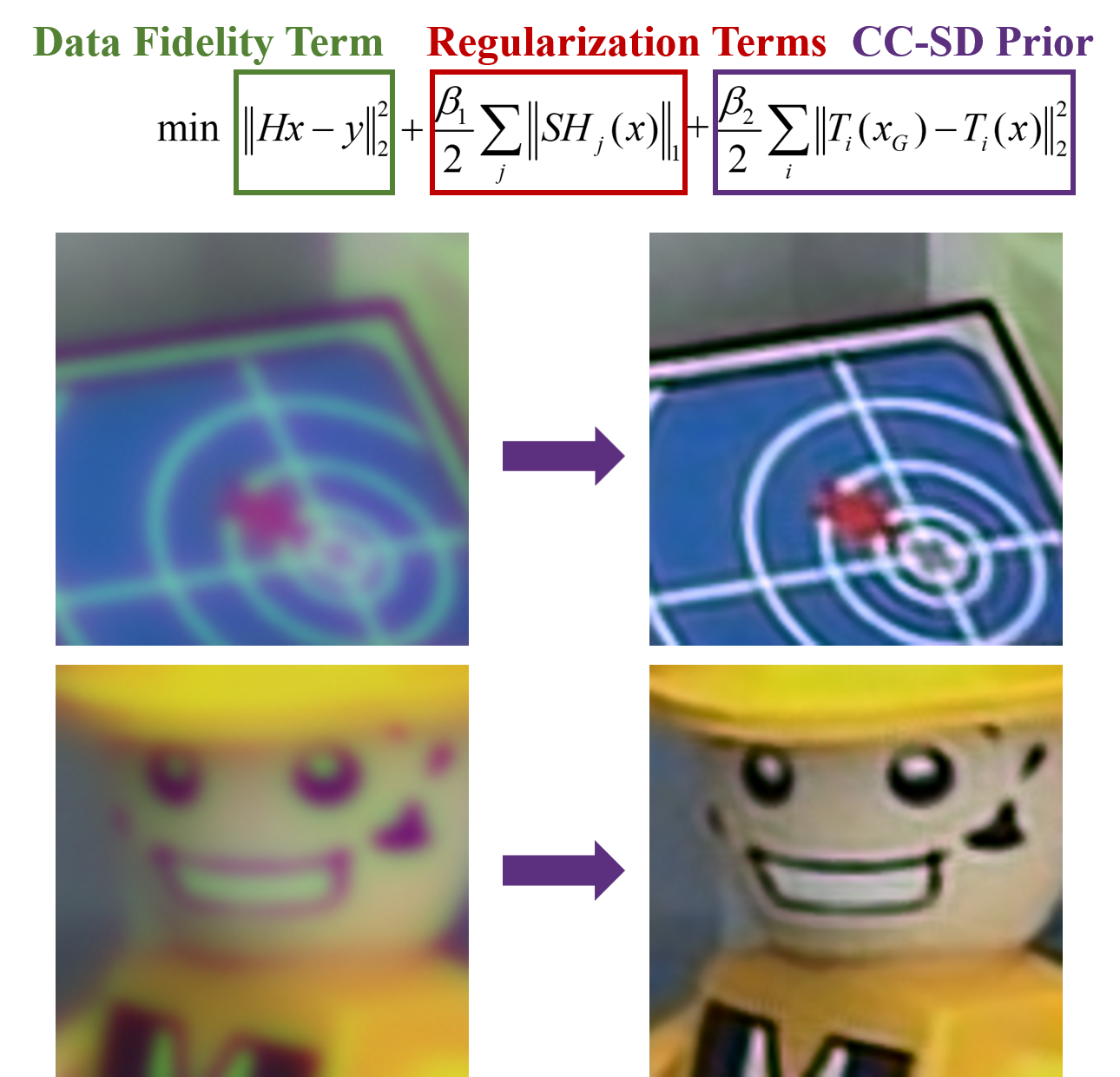Dehazing Cost Volume for Deep Multi-view Stereo in Scattering Media
Yuki Fujimura (Kyoto University)*, Motoharu Sonogashira (Kyoto University), Masaaki Iiyama (Kyoto University)
Keywords: 3D Computer Vision
Abstract:
We propose a learning-based multi-view stereo (MVS) method in scattering media such as fog or smoke with a novel cost volume, called the dehazing cost volume. An image captured in scattering media degrades due to light scattering and attenuation caused by suspended particles. This degradation depends on scene depth; thus it is difficult for MVS to evaluate photometric consistency because the depth is unknown before three-dimensional reconstruction. Our dehazing cost volume can solve this chicken-and-egg problem of depth and scattering estimation by computing the scattering effect using swept planes in the cost volume. Experimental results on synthesized hazy images indicate the effectiveness of our dehazing cost volume against the ordinary cost volume regarding scattering media. We also demonstrated the applicability of our dehazing cost volume to real foggy scenes.
SlidesLive
Similar Papers
Unified Density-Aware Image Dehazing and Object Detection in Real-World Hazy Scenes
Zhengxi Zhang (Nanjing University of Science & Technology), Liang Zhao (Nanjing University of Science & Technology), Yunan Liu (Nanjing University of Science & Technology), Shanshan Zhang (Max Planck Institute for Informatics)*, Jian Yang (Nanjing University of Science and Technology)

Deep Snapshot HDR Imaging Using Multi-Exposure Color Filter Array
Takeru Suda (Tokyo Institute of Technology), Masayuki Tanaka (Tokyo Institute of Technology), Yusuke Monno (Tokyo Institute of Technology)*, Masatoshi Okutomi (Tokyo Institute of Technology)

Chromatic Aberration Correction Using Cross-Channel Prior in Shearlet Domain
Kunyi Li (Tsinghua University), Xin Jin (Tsinghua University)*
